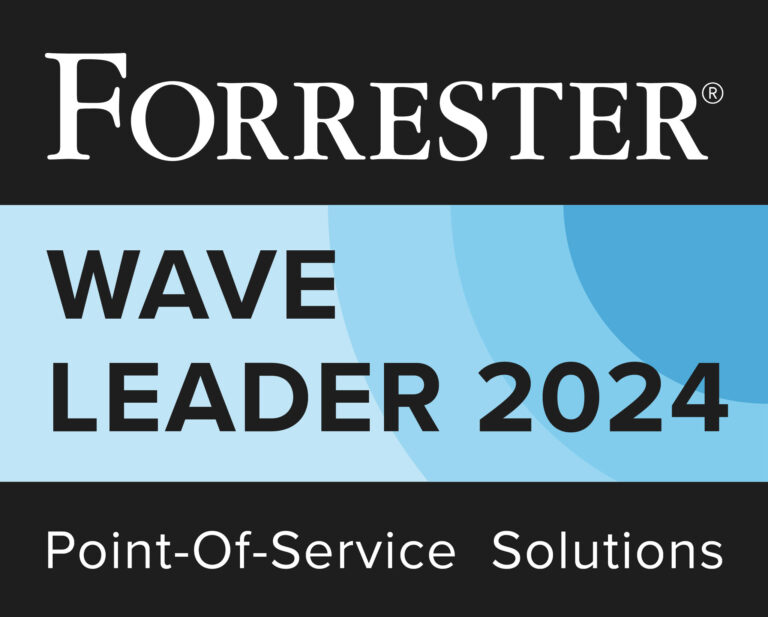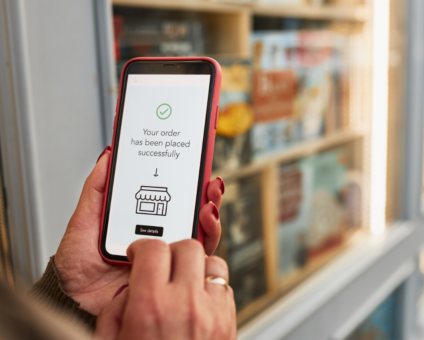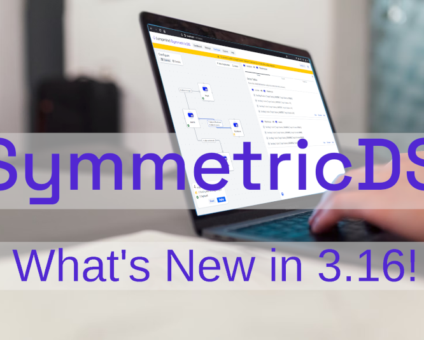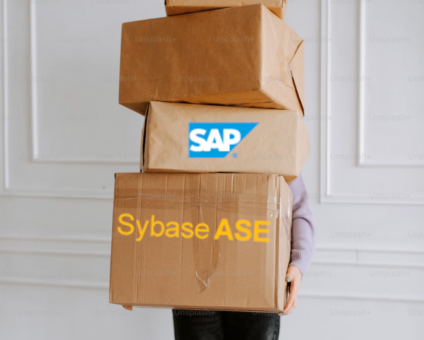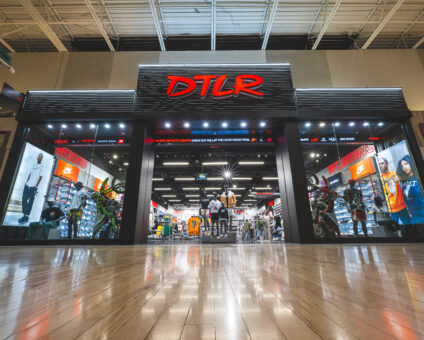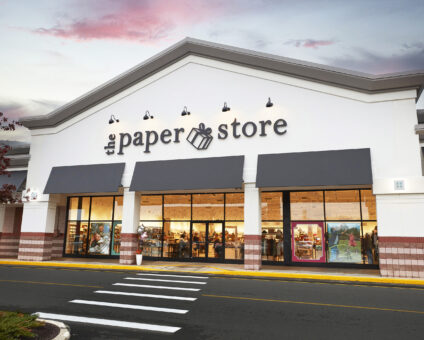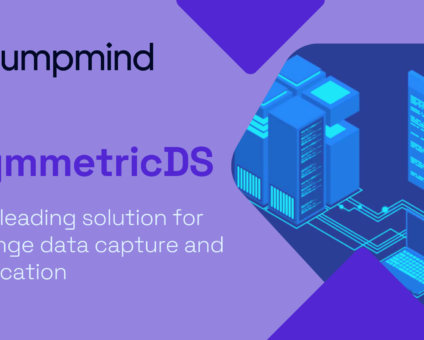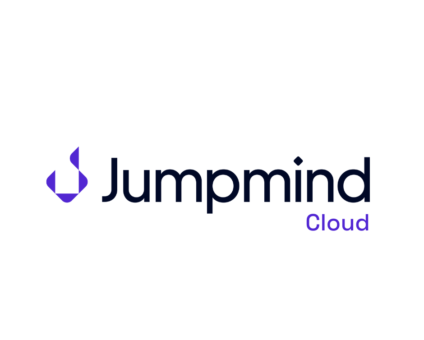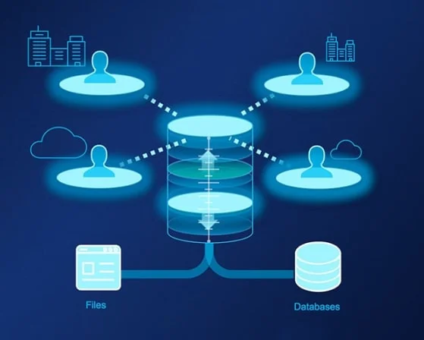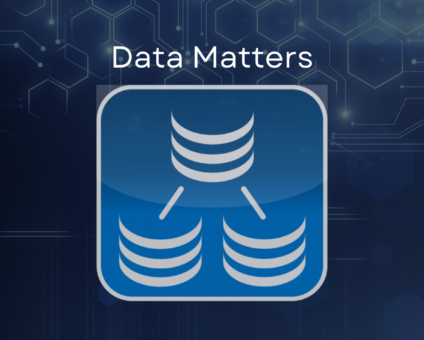It’s a wrap for the Jumpmind Team at Shoptalk Spring and we could not have …
![]()
Cloud-native POS platform for seamless omnichannel customer experience.
![]()
A single hub for all promotions campaigns.
- Omnichannel ExperienceCreate seamless customer experiences
- Device IndependencePOS agnostic to form factor or operating system
- Self-CheckoutDo more with fewer associates
- Mobile StoreLeverage POS from anywhere
- POS on the GoEnable associates to sell outside of the store
- Unified PromotionsStreamline and simplify promotion workflows
- CX ConnectAllow customers to engage with POS during checkout
- Composable CommerceCreate the store experience you want
![]()
The most advanced synchronization solution for databases and file systems.
![]()
Data configuration and batch automation across different disparate systems and vendors.
-
Data Replication
- Multi-tier DistributionReplicate thousands of remote locations
- Cloud Database ReplicationCapture live changes from on-premise to the cloud
- High Availability and Load BalancingEnsure 24/7 access to data and scale efficiently with demand
- Analytics and ReportingCapture the whole picture with real-time reporting
- Multi-masterMaintain consistency of data in a peer to peer setup
- Data WarehouseReplicate live and historical data to a warehouse
- MigrationsConduct live data migration with no downtime
-
-
Data Integration
- Master Data ManagementChanges propagate across the entire system, allowing you to maintain a centralized view of all parts of your core business entities.
- Application IntegrationReduce dependencies, complexity, and risk to build a high-performance, data-driven application.
- Web ServicesIntegrate multiple systems using web services or build a business application using a service-oriented architecture.
- Data WarehouseIntegrate disparate data from multiple systems so you can transform data for better business intelligence and reporting.
- Data MigrationConduct live data migration during critical server replacements, storage upgrades, and data center relocations—with no downtime.
- ImplementationIntegration consultants help design, develop, and deploy an implementation of our products.
- DevelopmentThe product developers can add features, enhance existing functionality or build support for new platforms.
- TrainingEngage our experienced training resources to gain in-house knowledge and expertise on Jumpmind products.
- SupportLeverage product engineers to resolve issues, fix defects and provide updates or patches.
- Proof of ConceptDetermine the feasibility of implementing our products and get answers to your questions quickly.
Providing your sales associates with visibility into customers’ online carts is becoming increasingly popular—and for …
Americans spent $135.5 billion on back-to-school and back-to-college shopping in 2023, making the season a …
View all Blog Posts
The new release of SymmetricDS Pro 3.16 data replication software simplifies setup, improves performance, and …
Sybase ASE (more recently known as SAP Adaptive Server Enterprise), announced its end of mainstream …
Azure Blob Storage has become a popular option for storing files in the cloud. And …
View all Blog Posts
Jumpmind Powers Point of Sale and Promotions Execution for Landmark Retail, One of the Largest …
Retail Technology Leader Jumpmind to Enable Mobile Point of Sale and Inventory Management for DTLR/VILLA …
The retailer is charting its next chapter with retail technology modernization to power inspired omnichannel …
View all Customer Stories
Former industry analyst will help guide the company’s product and solution roadmap to align to …
Jumpmind Powers Point of Sale and Promotions Execution for Landmark Retail, One of the Largest …
Jumpmind Launches The Jumpmind Cloud, Powered by Amazon Web Services New Offering Provides Newfound Application …
View all Blog Posts
![]()
Cloud-native POS platform for seamless omnichannel customer experience.
![]()
A single hub for all promotions campaigns.
![]()
The most advanced synchronization solution for databases and file systems.
![]()
Data configuration and batch automation across different disparate systems and vendors.
-
Data Replication
-
-
Data Integration
-
Retail Retail trends, technology, and enhancing the customer experience
-
Data Thoughts on data matters, dialects, performance, and security
-
Customer Stories How Jumpmind impacts the businesses of our clients
-
Videos & Webinars Watch on demand demos, reviews, and tours of our products
-
Company News Get the scoop on Jumpmind's growth and impact
View all Blog Posts
NoSQL Databases vs. Relational Databases

One of the many advantages of using SymmetricDS is that you’re able to leverage the benefits of both relational databases as well as NoSQL databases. In this blog, we’ll discuss the benefits of NoSQL databases, when you would want to use either a relational database or a NoSQL database, and how SymmetricDS can help you extract the positives of both database types. While relational databases, such as SQL Server, Oracle, and PostgreSQL, are popular choices for those looking for a database, NoSQL databases continue to rise in popularity. This increase in interest in NoSQL databases can be attributed to the fact that NoSQL databases are typically user-friendly, easily scalable, and a flexible option. With this rise in popularity, SymmetricDS has grown to support various in-demand NoSQL databases, such as MongoDB, Elasticsearch, Snowflake, and Cassandra. There are pros and cons to both of these database types:
Relational Database
Pros
- Has existed for a longer period of time, so has a more robust community of support.
- Efficient with complex queries and ongoing query operations.
- Best for structured data.
Cons
- More planning and structure up front, as you will have to design and architect tables and relationships, as well as provide constraints to keep data integrity.
- Generally requires more powerful hardware and better IT infrastructure.
- Not easily horizontally scalable.
NoSQL Database
Pros
- Much more flexible and less structured so developers can build apps faster while still having storage.
- Easy to integrate with applications or development pipelines.
- Scalable horizontally for working with large amounts of data.
Cons
- Does not support ACID transactions, making data less trustworthy as compared to relational databases.
- A newer database type, so there can be less community support.
- Many NoSQL databases are quite different in how they handle data, so there is less standardization in NoSQL, as compared to relational databases.
Based on these pros and cons, one might want to use a relational database when you have highly structured data and need a highly reliable database and NoSQL databases are useful for applications that need automatic scaling and partitioning of data. Both of these database types have unique advantages, and SymmetricDS allows the user to extract the positives of both. Using SymmetricDS, you could run a NoSQL database in a store and a relational database at your central office and you can keep your data synchronized between the two different databases, helping you avoid vendor lock-in. SymmetricDS has a wide range of database platforms that it supports, including most major database platforms, so it’s easy to maintain data synchronization and choose a database that is best suited to your unique application.
With SymmetricDS, users can leverage the strengths of both NoSQL and relational databases by synchronizing data between them in near real-time. This allows users to take advantage of the scalability of NoSQL while maintaining the consistency and reliability of a relational database. SymmetricDS can transform and filter data to meet the specific requirements of each database, making it a flexible solution for hybrid database environments.
